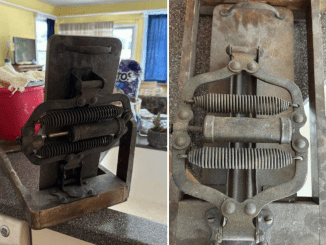Take a close look at this sturdy, antique object. At first glance, it might seem like a relic from a bygone industrial era, perhaps part of an old machine or a tool for a forgotten trade. However, if you’re familiar with vintage kitchen gadgets, you’ll recognize this as a cast iron potato French fry cutter.
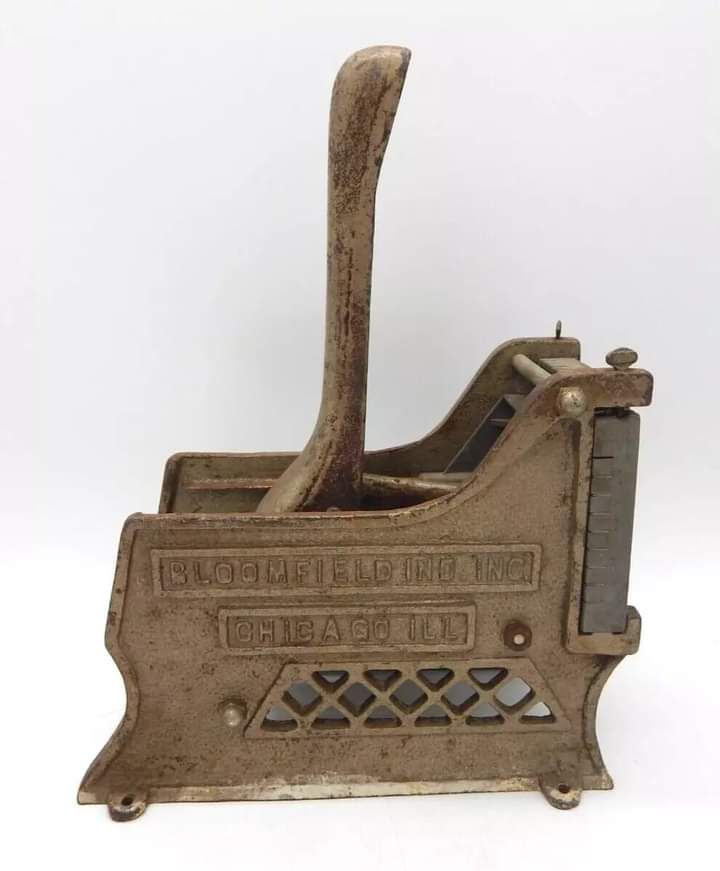
This remarkable device, built to last through generations, is more than just a functional tool. It’s a symbol of a time when practicality and craftsmanship merged to create durable household items. Beyond its practical use, it carries fascinating stories about its role in kitchens, diners, and family gatherings. Let’s explore its history and why it remains an enduring symbol of ingenuity.
The Origins of the Cast Iron Potato French Fry Cutter
The cast iron potato French fry cutter emerged during the late 19th and early 20th centuries, a period when kitchen tools were designed to simplify daily chores. This era saw a surge in cast iron manufacturing, which made durable, affordable tools accessible to households and small businesses alike.
Manufactured by companies like Bloomfield Industries of Chicago, this device was created to make cutting potatoes into perfect, uniform fries quick and easy. Instead of spending time slicing potatoes by hand, a user could simply load a potato, pull the lever, and produce neatly cut fries in seconds.
For restaurants and diners, the cutter was revolutionary. French fries were becoming a popular side dish across the United States, and having a reliable tool to quickly prepare large batches of fries saved countless hours of labor. In homes, it gave families the ability to prepare fries effortlessly, especially for special occasions or large gatherings.
A Slice of Americana: The Rise of French Fries
In the early 20th century, French fries gained immense popularity, particularly as America embraced the fast food revolution. Roadside diners and lunch counters served fries as a staple side dish, pairing them with burgers and sandwiches.
The potato French fry cutter played an integral role in this cultural shift. Small diners and family-owned eateries relied on these tools to keep up with demand. Their sturdy cast iron construction meant they could withstand heavy, daily use, making them an essential part of any kitchen operation.
For families, the cutter offered something even more personal—a chance to create perfect fries for gatherings and celebrations. The sound of the lever slicing through a potato became a nostalgic memory for many, tied to the smell of frying oil and the laughter of shared meals.
How It Worked: Simplicity in Design
The genius of the cast iron potato French fry cutter lies in its simplicity. It required no electricity or complicated mechanisms—just a little manual effort. Here’s how it worked:
- A whole potato was placed into the cutter, positioned against the grid of sharp blades.
- Pulling down the lever forced the potato through the grid, slicing it into uniform strips.
- The fries were collected and ready for cooking in seconds.
The heavy cast iron frame ensured the cutter stayed stable during use, and the grid blades were designed to slice through even the toughest potatoes. It was efficient, reliable, and built to last for decades, if not longer.
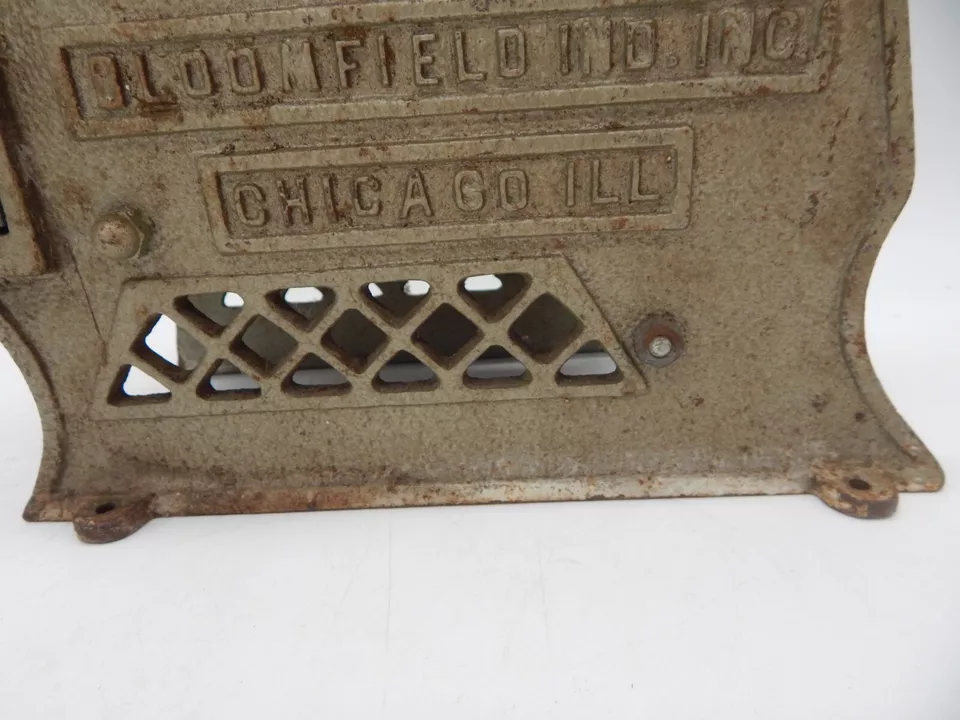
Stories from the Past: Nostalgia and Everyday Use
Many people who grew up in the mid-20th century have fond memories of cast iron potato cutters. They weren’t just tools; they were part of the fabric of family life. Whether they were used in bustling diners or in home kitchens, these devices played a role in countless meals and celebrations.
In small restaurants, cutters like these were often passed down through generations, becoming a symbol of tradition and hard work. At home, they were used to prepare fries for birthday parties, family reunions, and weekend dinners. Their versatility even extended beyond potatoes, as creative cooks used them to slice other vegetables like carrots and zucchini.
One endearing story comes from diners who used these cutters as part of their charm, letting customers watch as potatoes were sliced fresh for their meals. For many, the sight of the cutter in action became part of the dining experience.
The Decline and Rediscovery
As electric appliances gained popularity in the mid-20th century, manual tools like the cast iron potato cutter fell out of favor. Restaurants began using industrial slicers, while home cooks turned to lighter, more modern gadgets.
However, the durability of these cutters ensured that many survived. Today, they’re frequently found in antique stores, flea markets, and family attics. For collectors and vintage enthusiasts, these tools are prized not only for their functionality but also for the history and craftsmanship they represent.
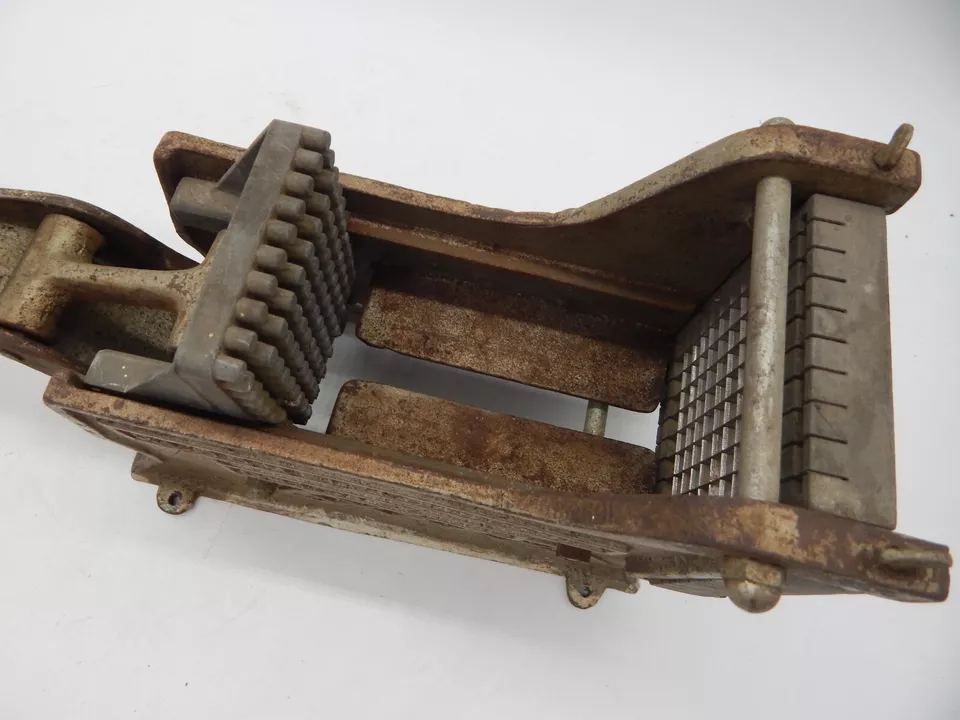
Why They’re Still Relevant Today
The resurgence of interest in sustainable living and vintage items has brought tools like the cast iron potato cutter back into the spotlight. Here’s why these devices are still cherished:
- Durability: Unlike many modern kitchen tools, these cutters were built to last a lifetime. Many still work as well today as they did when they were first manufactured.
- Simplicity: Their straightforward design makes them easy to use and maintain, with no need for electricity or complex parts.
- Aesthetic Appeal: Many people display these cutters as decorative items in their kitchens, appreciating their rustic charm and connection to the past.
- Sustainability: By reusing vintage tools, today’s cooks embrace eco-friendly practices and reduce waste.
Preserving a Piece of History
If you’re fortunate enough to own one of these cutters, preserving it is a meaningful way to honor its history. Proper care ensures it can continue to function or serve as a treasured heirloom. Here’s how to maintain it:
- Clean it thoroughly after each use, ensuring no food residue remains.
- Dry it immediately to prevent rust, as cast iron is prone to oxidation.
- Apply a light coat of food-safe oil to the blades and metal parts to keep them sharp and rust-free.
- Store it in a dry place to protect it from moisture and humidity.
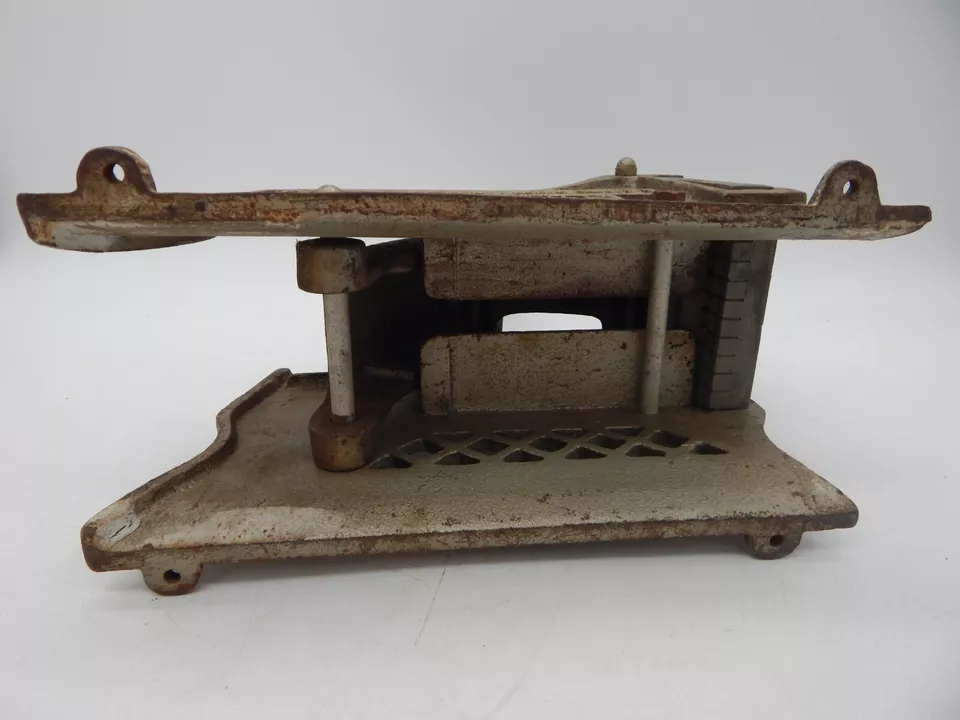
A Tool That Stands the Test of Time
The cast iron potato French fry cutter is more than a kitchen gadget—it’s a symbol of a bygone era when tools were built with care, craftsmanship, and practicality in mind. It’s a reminder of the ingenuity that shaped how we prepared food and the simple joys of gathering around a table to share a meal.
For those who remember using one, it’s a nostalgic link to the past. For new generations, it’s a chance to rediscover an artifact of culinary history. Whether displayed as a collectible or put to use in the kitchen, this remarkable tool continues to evoke stories, memories, and a sense of timelessness.
